

Ben Zachariah
2026 Toyota HiLux review: Quick drive
3 Days Ago
Australian research has found that resting while behind the wheel of Level 3 autonomous vehicle results in the worst takeover response.

Contributor


Contributor
A new study has discovered the most dangerous thing to do behind the wheel of an autonomous vehicle.
The study, led by Australia’s RMIT University, explored what happens if a driver is suddenly required to take control of an autonomous vehicle.
Using a Level 3 autonomous vehicle simulator, the researchers tested participants’ speed and effectiveness in taking over the vehicle in the event of an emergency.
The term ‘Level 3’ means drivers can take their hands off the steering wheel and their eyes off the road, though they must be able to take back control of the vehicle at any moment. To read a full deep dive into self-driving ratings, click here.
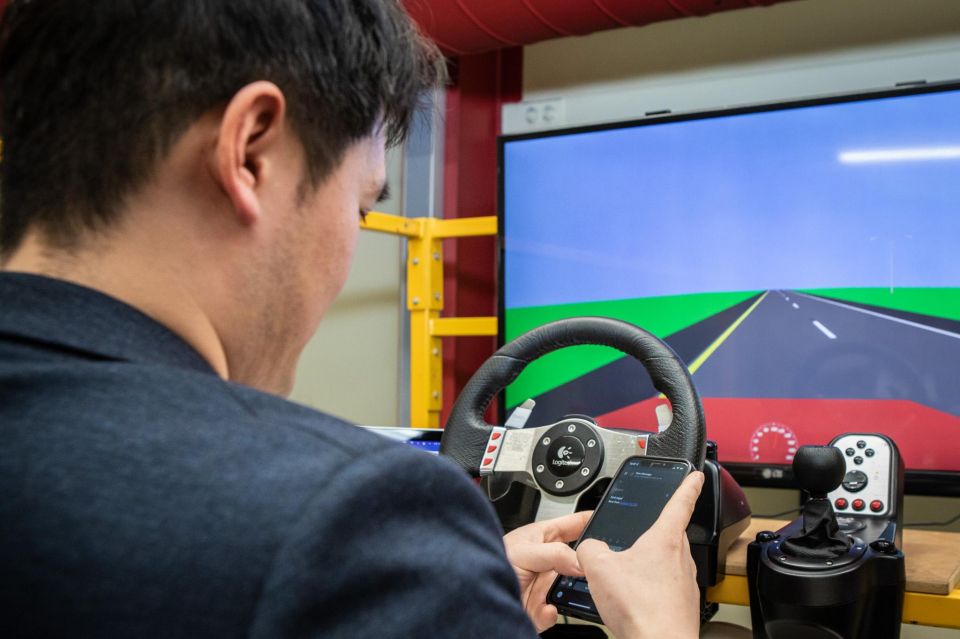
The series of papers examined how different types of distractions impacted on the driver’s ability to respond to calls to take over driving.
“We had them writing business emails (working condition), watching videos (entertaining condition), and taking a break with their eyes closed (resting condition),” said study lead author Dr Neng Zhang.
“These tasks required drivers to invest high, moderate, and low levels of mental workload.
“We found that resting resulted in the worst takeover response, followed by working. Social media was less disruptive.
“However, the longer the participant engaged in an activity, the worse their response was to an emergency.

“We tested their responses after a short interval (5 minutes) or long interval (30 minutes) of participating in one of these tasks.
“All of these tasks worsened the takeover and led to a period of poorer driving.”
The research also focussed on how a driver’s experience correlated with their ability to respond to a takeover notification.
“We found that driving experience and takeover performance were highly correlated, with inexperienced drivers (with less than 20,000 kilometres of driving experience) responding more slowly and less effectively,” said Dr Zhang.
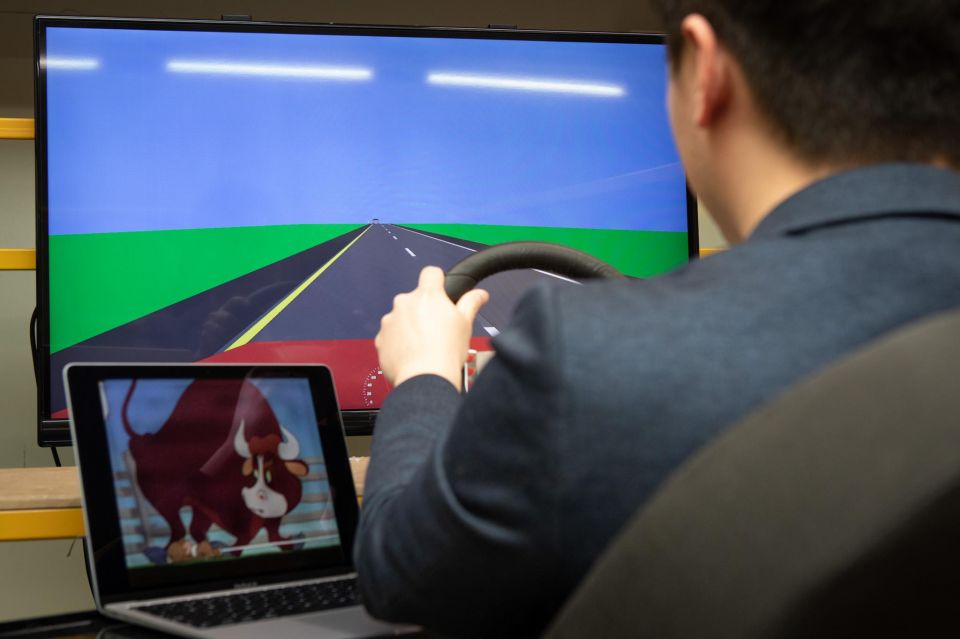
“The distance driven since gaining a driver’s licence is more important than the number of years since the licence was issued.
“Our findings highlight the need for vehicle manufacturers and licensing authorities to develop solutions that ensure that conditionally automated vehicles are safe for drivers with varying experience levels.”
The team is now investigating how to stimulate alertness and improve effectiveness of driver takeovers during autonomous driving.
“The aim of our work is to enhance ‘human-automation interaction’ for autonomous vehicles and significantly improve the way humans interact with and control these advanced autonomous vehicles, leading to enhanced efficiency and safety in their operation,” said Professor Mohammad Fard.

The researchers added that regulations must also address issues including distractions, alertness and experience before Level 3 autonomous vehicles are adopted in Australia.
“Governments can effectively safeguard road safety by acknowledging these detrimental effects and regulating non-driving activities in the context of autonomous driving,” said Prof. Fard.
While the National Transport Commission outlined a regulatory framework for automated vehicles in Australia in early 2022, driver training, licensing and obligations are still being considered.
Level 3 autonomous driving technology is already available and certified for use on certain mapped highways in Germany, USA and Japan.
MORE: How autonomous is my car? Levels of self-driving explained
Jack Quick is an automotive journalist based in Melbourne. Jack studied journalism and photography at Deakin University in Burwood, and previously represented the university in dance nationally. In his spare time, he loves to pump Charli XCX and play a bit of Grand Theft Auto. He’s also the proud owner of a blue, manual 2020 Suzuki Jimny.


Ben Zachariah
3 Days Ago
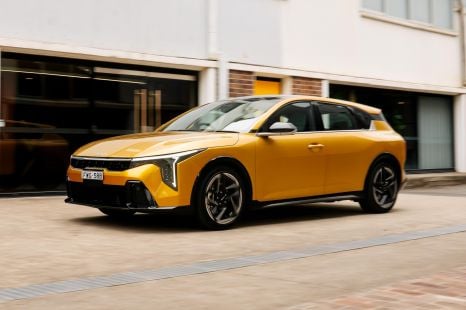

James Wong
2 Days Ago
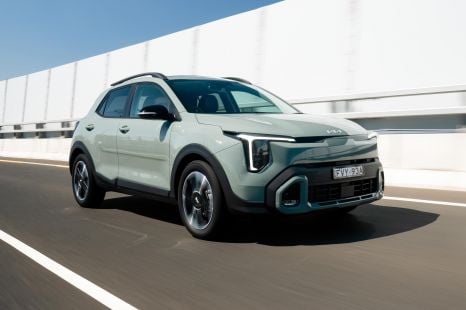

James Wong
2 Days Ago
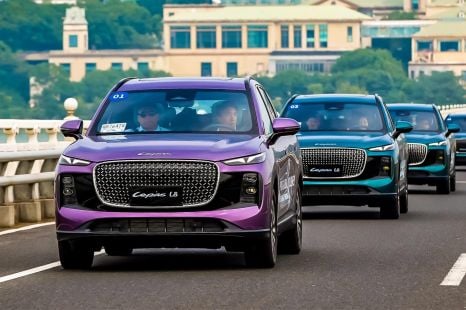

Andrew Maclean
2 Days Ago


Matt Campbell
1 Day Ago
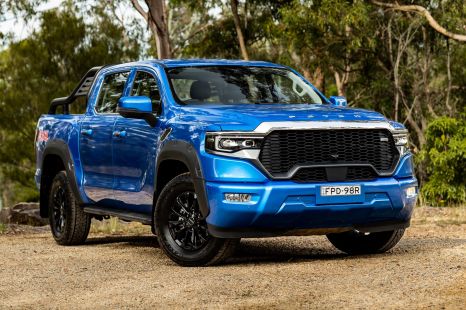

Matt Campbell
5 Hours Ago